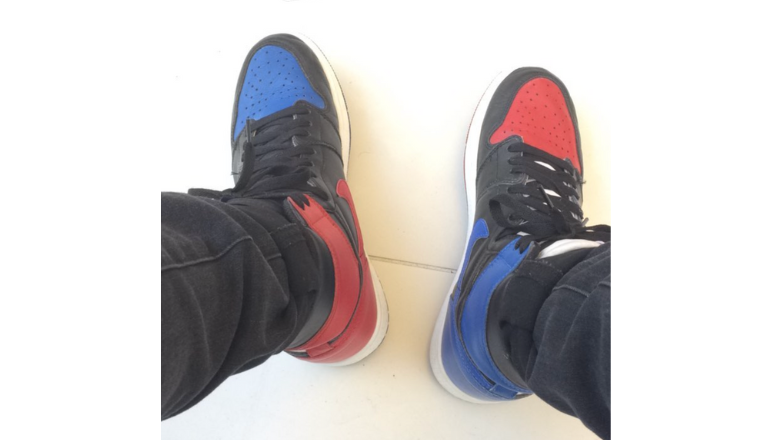Quick Summary
As a reformed sneakerhead, I have done my share of sneaker collecting and reselling. Still, I had plenty to learn about sneaker culture, such as how and why sneakers became so popular and so expensive. I took a deep dive into Ebooks Minnesota and eLibrary Minnesota to find answers!

Imagine paying $20,000 for one pair of shoes and thinking you got a great deal. Nike’s “Air Mags” are valued between $20 and $40k on various sneaker reselling sites, so you could really give it a try. Nonsense, you might be thinking. No shoes are worth that price. I don’t disagree or agree; it sounds like something from a dystopian novel, but it is the reality we find ourselves in. As a reformed sneakerhead, I have done my share of sneaker collecting and reselling. Still, I had plenty to learn about sneaker culture, such as how and why sneakers became so popular and so expensive. I took a deep dive into Ebooks Minnesota and eLibrary Minnesota to find answers!
It wasn’t always like this. Before the modern sneaker was invented, shoes were much different. “Amazing Inventions: Sneakers,” written by Blake Hoena and illustrated by Ceej Rowland, is a graphic novel that details the route sneakers took from leather work boots to luxury and mainstream items. The sneaker’s journey began with Charles Goodyear mixing rubber with sulfur to create durable and comfortable soles. He attached these to leather uppers, and his son Charles Jr. later developed the staple stitching technique that is still used today. As a result, many rubber companies began to focus on producing shoes. Shoes created for athletic purposes became known as “sneakers,” and sports such as croquet and tennis began popularizing shoes outside the context of work. The invention of basketball by James Naismith in 1891 increased demand further. The shoe brands we know today began by catering to the ever-evolving needs of athletes. Eventually, trendsetters took their footwear off the court and onto the street, where their comfortable shoes not only became mainstream, but high fashion as well. This led to the birth of a diverse community of enthusiasts known today as “sneakerheads.”
The demand for sneakers eventually led to that well-known friend to rising prices: scarcity. Resellers pounced. To dig into the business of sneakers, I went to MasterFILE Complete in eLibrary Minnesota. “Money, It’s Gotta be Shoes,” by Joshua Hunt in Bloomberg Businessweek, explores the methods individual sellers use to create huge profits. For example, some popular shoes become harder to get when resellers buy them in bulk to create artificial scarcity. Shoe companies themselves have gotten into the act, too, by dropping limited supplies for long-awaited releases. The potential for profit depends on the combination of rarity and popularity of the sneakers in question. Such was the case for the Air Mags I mentioned before. Nike collaborated with the makers of “Back to the Future” to promote the shoe, then released it in limited supply. Bingo! A pair of shoes that costs more than a car.
We may scoff at the absurdity of some sneaker prices, but the impact that sneakers have had on culture and identity cannot be overstated. That helps to explain why sneakerheads are willing to pay the prices they do. Another means for sneaker acquisition is working or trading up to the pair you desire. Such was the case for me. I couldn’t afford the outrageous sticker price, but by buying beat-up shoes and restoring them, I was able to trade up to my prized possession, the “Air Jordan 1 Top 3.” A true work of art, they now reside in my closet, never to be worn.




